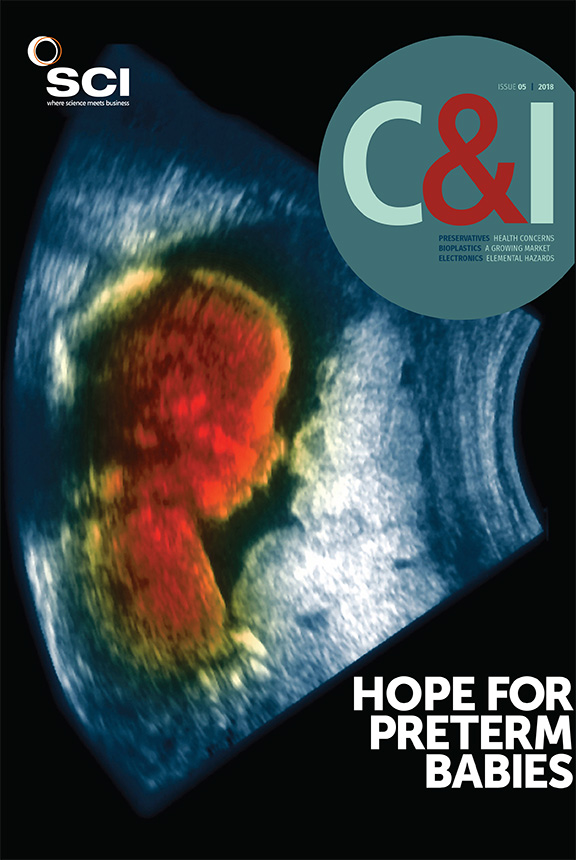Traditional electronics are made from rigid and brittle materials. However, a new ‘self-healing’ electronic material allows a soft robot to recover its circuits after it is punctured, torn or even slashed with a razor blade. Made from liquid metal droplets suspended in a flexible silicone elastomer, it is softer than skin and can stretch about twice its length before springing back to its original size (Nature Materials; doi:10.1038/s41563-018-0084-7).
Image: Victor Habbick Visions/Science photo library
‘The material around the damaged area automatically creates new conductive pathways, which bypass the damage and restore connectivity in the circuit,’ explains first author Carmel Majidi at Carnegie Mellon University in Pittsburgh, Pennsylvania. The rubbery material could be used for wearable computing, electronic textiles, soft field robots or inflatable extra-terrestrial housing.
The metal micro-droplets are 75% gallium and 25% indium by weight. This mixture is liquid and non-toxic at room temperature. The researchers placed the liquid metal into the rubber and mixed it until micro-droplets formed. ‘There is a sweet spot for the size of the droplets,’ says Majidi. ‘We had to get the size not so small that they never rupture and form electronic connections, but not so big they would rupture even under light pressure.’
Once sufficient pressure is applied, the rubber material fails and the droplets burst and coalesce with neighbours. The region around the damage goes from electrically insulating to electrically conducting as it is repaired. The electronic circuit is largely undisrupted, as demonstrated by a soft robot that moved uninterrupted even though its circuits were hacked and punctured.
‘This material could allow us to create soft robots and stretchable circuit wiring for inflatable structures. The composites maintain their properties under a wide range of temperatures, so they could be deployed in space or on Mars or the Moon,’ says Majidi.
‘They have created a new type of material that is not self-healing in a structural sense, but allows adaptive electrical behaviour, which is then applied in a small robot that is able to continue to function despite severe damage to its electric circuits,’ comments Joost Brancart, materials engineer at Vrije Universiteit Brussels, Belgium. ‘Of all self-healing concepts proposed in literature only a few percent are actually tested and confirmed in applications.’
However, ‘at about €15/g of the liquid metal (LM) and a LM loading of about 50%, the material becomes very expensive, compared with electrically conductive alternatives,’ he notes.





